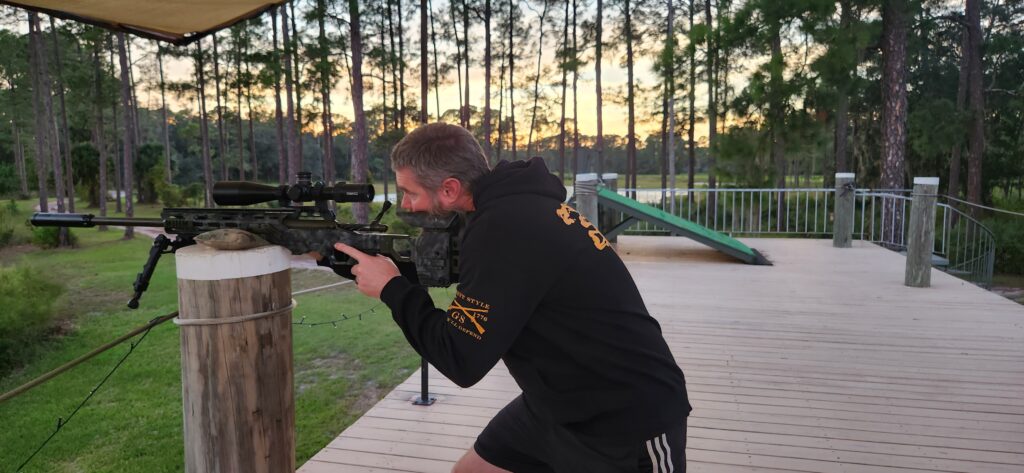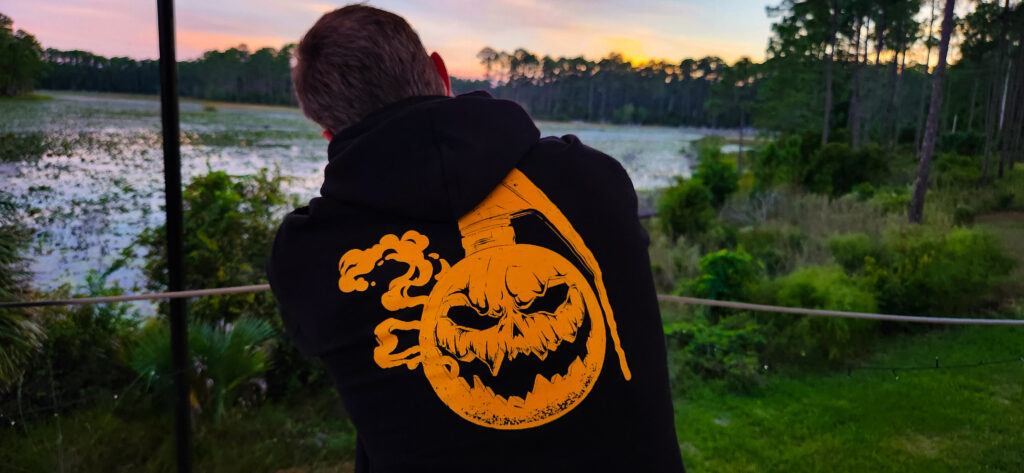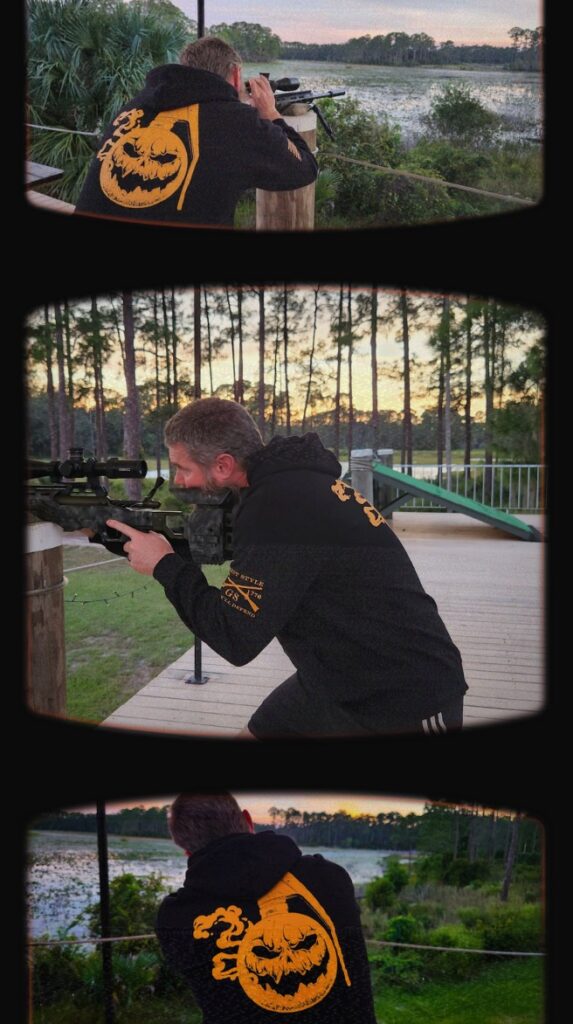Today, I want to talk to you about a tactical tip that can be a game-changer when it comes to shooting in low-light situations with your precision rifle. Sometimes, in the shooting world, we tend to take certain things for granted as common knowledge. But when we have students who are new to shooting or precision rifles, questions arise that make us realize not everyone knows these essentials. So, let’s dive into the world of low-light shooting, particularly during dusk and dawn, and explore how the right optics and techniques can make all the difference.
The Importance of Optics
I want to emphasize the critical role optics play when you’re shooting in low-light conditions. One of the key factors you need to consider is the size of the objective lens on your scope. The objective lens, located at the front of the scope, determines how much light your scope can gather. A larger objective lens allows more light to enter, making it extremely valuable in low-light conditions. And, it’s not just about the objective lens size; the diameter of the tube also plays a role. A larger tube lets in more light, which is especially important when you’re dealing with scopes that have high magnification.
First Focal Plane vs. Second Focal Plane Reticles
Now, let’s talk about the reticle style, as this can be a game-changer too. There are two primary reticle styles to consider: first focal plane (FFP) and second focal plane (SFP).
- First Focal Plane (FFP): In FFP scopes, the reticle size changes as you zoom in and out. This can make the reticle challenging to see in low light when you’re zoomed out. This is where illuminated reticles can come to your rescue.
- Second Focal Plane (SFP): SFP scopes maintain a constant reticle size, no matter the zoom level. This feature can be a big advantage in low light because the reticle remains clear and visible.
Your choice between FFP and SFP reticles should depend on your specific shooting needs and whether you require the reticle for measurements or holdovers in varying lighting conditions.
A Practical Demonstration
To make these concepts more tangible, I’m going to show you the difference in visibility between FFP and SFP scopes in low-light conditions in the video above. I’ll adjust the magnification and illumination on both types of scopes and explain how these changes affect your ability to see the target and the reticle.
Here’s a practical tip: when you’re shooting in low light, it might be beneficial to zoom out to let more light enter the scope and then zoom in for a clear shot. This method can help you balance the need for magnification and visibility.
Conclusion
Shooting in low-light conditions, whether during twilight hours or at dawn and dusk, requires careful consideration of your optics and reticle style. Choosing the right combination of objective lens size, tube size, and reticle type can significantly improve your accuracy and visibility in challenging lighting situations. With these tactical tips, you’ll be better equipped to handle low-light shooting scenarios and achieve success in your endeavors.
Like the shirt?
Go to Gruntstyle and use RICH15 and get 15% your order


